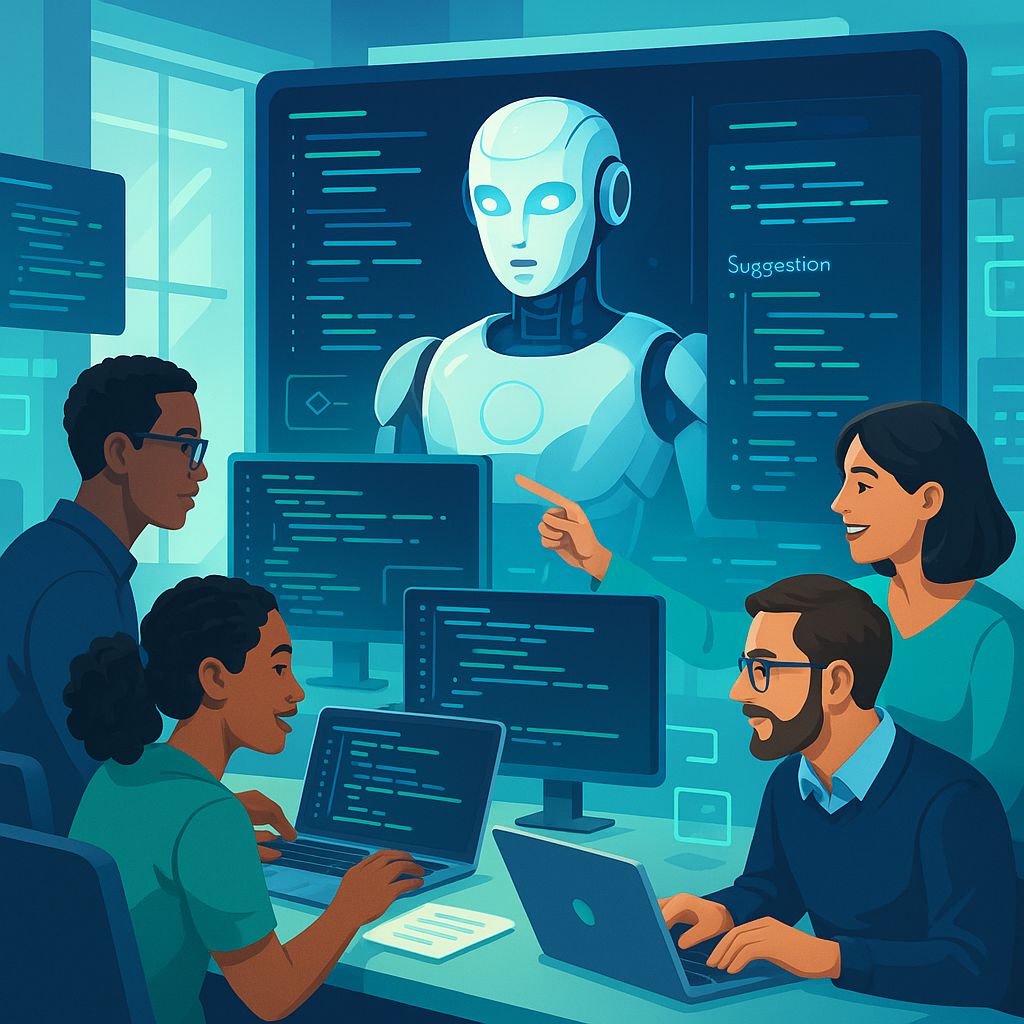Summary: In the rapidly evolving landscape of software development, mastering the art of prompting AI coding assistants is becoming an essential skill for developers. These innovative tools, often referred to as “vibe coding” platforms like Cloud Code and Root Code, are transforming how code is written and optimized. By crafting smart, targeted prompts, developers can significantly enhance the output of these AI assistants, leading to improved coding results and cost management. This approach not only augments the development process but also ensures that human creativity and critical thinking remain integral. Exploring advanced features such as specialized agents and memory systems can further refine workflows, offering a competitive edge in a field where AI’s influence is expanding rapidly. As these technologies continue to advance, they raise intriguing questions about the evolving roles of human and AI contributions in software development. Embracing these tools and techniques is crucial for staying ahead in this dynamic environment.

In the rapidly evolving landscape of software development, mastering the art of prompting AI coding assistants has become an essential skill. These innovative tools, often referred to as “vibe coding” platforms like Cloud Code and Root Code, are transforming how code is written and optimized. By crafting smart, targeted prompts, developers can significantly enhance the output of these AI assistants, leading to improved coding results and cost management. This approach not only augments the development process but also ensures that human creativity and critical thinking remain integral. Let’s explore how these tools are reshaping the field and the best practices for utilizing them effectively.
The Rise of Vibe Coding: AI as Your Co-Pilot
Vibe coding tools such as Cloud Code and Root Code are redefining software development by acting as collaborative AI coding assistants. These platforms, including AI-first IDEs like Cursor and Windsurf, as well as IDE extensions like Klein and Root Code, integrate deeply into the coding workflow, providing seamless integration and innovative features.
- AI-first IDEs: Tools like Cursor prioritize speed and immediacy, offering rapid code suggestions to maintain coding momentum.
- IDE Extensions: Extensions like Klein integrate AI capabilities into existing environments, enhancing them with advanced functionality.
These tools have evolved from simple autocomplete functions to tackling complex code restructuring, understanding entire projects, and even executing terminal commands. This shift reflects a philosophical approach to the developer-AI partnership, with some tools focusing on immediate results and others on a more thoughtful, collaborative approach.
Mastering AI Prompts for Effective Refactoring
Refactoring is a critical process in software development, aimed at improving the internal structure and readability of code without altering its external behavior. AI coding assistants can significantly enhance refactoring efforts when guided by well-crafted prompts.
- Design Patterns: Ask the AI about relevant design patterns or coding principles for specific code segments.
- Code Redundancy: Prompt the AI to identify and refactor duplicated code, enhancing efficiency and maintainability.
- Performance and Readability: Inquire about performance optimizations and methods to make code more idiomatic and readable.
- Security Enhancements: Request suggestions for implementing better security practices, such as input validation and output encoding.
By leveraging these prompts, developers can guide AI tools to perform specific refactoring tasks, ensuring that the improvements align with best practices and project goals.
Advanced Techniques and Challenges in AI-Assisted Development
As developers become more adept at using AI coding assistants, they encounter both advanced techniques and challenges. A notable advancement is the integration of specialized AI agents within platforms like Root Code, creating a multi-agent framework that streamlines development processes.
“The key to unlocking AI’s potential lies in clarity and specificity of prompts, alongside robust context management.”
However, challenges persist, particularly with managing context for larger projects. Developers must be vigilant in breaking down tasks, maintaining clear communication, and ensuring rigorous review processes to mitigate risks such as context loss or unintended side effects.
- Utilize project features to manage context effectively.
- Break down large projects into smaller, manageable units.
- Maintain clear, unambiguous prompts to guide AI effectively.
- Regularly review and test AI-generated code to ensure accuracy and functionality.
Embracing these advanced techniques while acknowledging the limitations of AI tools ensures a balanced and productive integration into the development workflow.
Summary
The evolution of AI coding assistants is transforming the software development landscape, offering powerful tools for refactoring and code generation. By mastering the art of crafting precise prompts and understanding the advanced features of platforms like Root Code, developers can harness these tools to augment their workflows effectively. While challenges remain, particularly in managing context and ensuring code quality, the potential benefits of AI-assisted development are immense.
As AI tools continue to evolve, they prompt intriguing questions about the roles of human and AI contributions in software development. By embracing these tools and techniques, developers can stay ahead in this dynamic environment, ensuring that human creativity and expertise remain at the forefront of innovation.

Leave a Reply